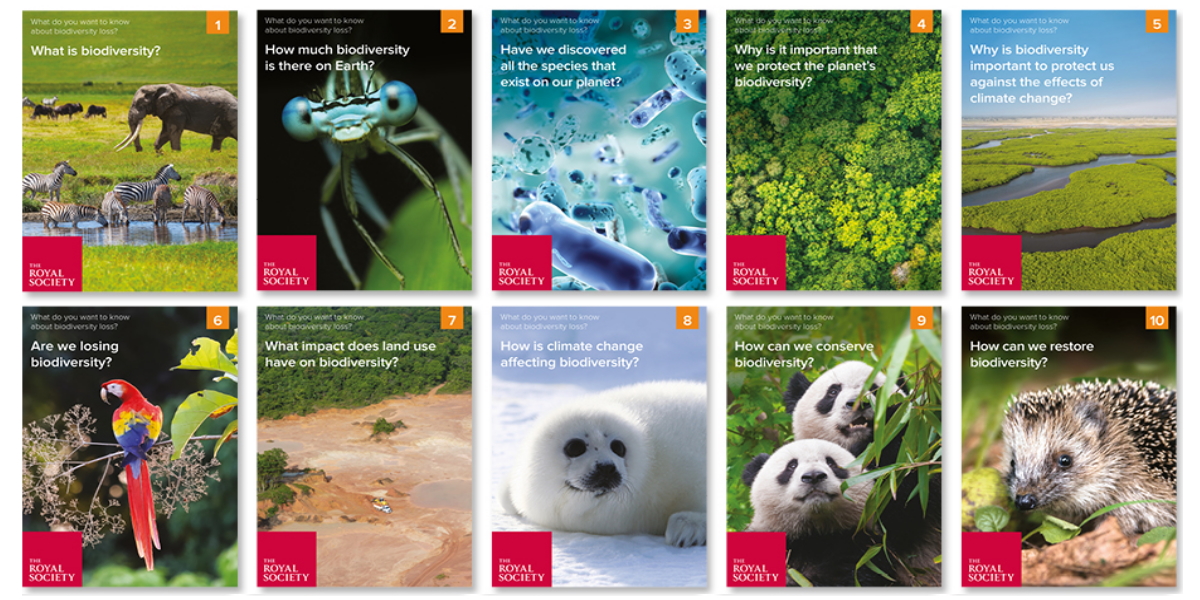Filters
Clear allSubject
- Careers (28) Apply Careers filter
- Climate Change (6) Apply Climate Change filter
- Computing (33) Apply Computing filter
- Creative arts and media (5) Apply Creative arts and media filter
- (-) Remove Cross curricular filter Cross curricular
- Design and technology (90) Apply Design and technology filter
- Engineering (47) Apply Engineering filter
- Food Preparation and Nutrition (6) Apply Food Preparation and Nutrition filter
- Leadership (21) Apply Leadership filter
- Mathematics (73) Apply Mathematics filter
- Personal development (20) Apply Personal development filter
- Psychology (20) Apply Psychology filter
- Science (195) Apply Science filter
- Space (12) Apply Space filter
- STEM Ambassadors (2) Apply STEM Ambassadors filter
- STEM Clubs (10) Apply STEM Clubs filter
Age range
Type
- Activity sheet (77) Apply Activity sheet filter
- Article (5) Apply Article filter
- Assessment (2) Apply Assessment filter
- Data set (1) Apply Data set filter
- Experiment (7) Apply Experiment filter
- Game (4) Apply Game filter
- Group work (5) Apply Group work filter
- Image (5) Apply Image filter
- Information sheet (24) Apply Information sheet filter
- Interactive resource (10) Apply Interactive resource filter
- Open-ended task (7) Apply Open-ended task filter
- Poster (11) Apply Poster filter
- Presentation (48) Apply Presentation filter
- Quiz (2) Apply Quiz filter
- Research (52) Apply Research filter
- Self assessment (2) Apply Self assessment filter
- Teacher guidance (122) Apply Teacher guidance filter
- Video (26) Apply Video filter
- Include Physical Resources (1597) Apply Include Physical Resources filter
Showing 294 results
Published in August 2014, this is the final report of the three-year evaluation of the Triple Science Support Programme (TSSP) and the two year evaluation of Triple Science Networks (TSN).
The full collection of STEM Learning impact and evaluation research reports can be viewed...
Helen Walker and Karen Ashforth from Birley...
This cross-curricular activity introduces the concept of vaccination, specifically for COVID-19, using stimulus materials enabling student discussion opportunities. The way in which vaccines work, what they contain and the most common side effects are explained using simple scientific terminology. Some anti-vaccine...
This document presents the executive summary and findings of a report which was carried out by a team from the Institute of Education, University of London, for the Wellcome Trust and published in 2001. It investigates how, and in which curriculum subjects, controversies arising from bioscience are tackled in...
This Double Crossed activity, from the Centre for Science Education and supported by the Astra Zeneca Teaching Trust, is set during World War Two. There is a mystery to solve, following an air raid, and students will need to use both science and history skills to get to the bottom of it. They are expected to...
This activity away from the computer is from the Barefoot Computing project. It is intended to provide a theoretical understanding of why and how variables are used in computer programming, using the example of score-keeping in a classroom quiz. Involving several volunteers from the group, the activity uses...
Veganuary is an annual campaign to encourage and support people to try to be vegan for January. The resources in this collection could be used to explore the links between the food choices we make, our health, and the impact on people and animals around the world, and the environment. The resources also inspire...
Aimed at students aged 5-14 years, this pack contains a range of different activities based on the theme of waste. The activities cover a mixture of topics including: the environment and pollution, recycling, separating materials, waste degradation, and digestion. Designed for use in class or within a science week...
This brief activity uses false-colour images of the Columbia glacier to introduce the idea of using sequences of satellite images to monitor change and focuses on the selection of appropriate data for an investigation.
Practical Action helps local communities in the developing world gain access to services such as water and sanitation, vital for a decent quality of life. Some examples of how they go about doing this and the technologies involved are demonstrated in these videos:
- Dying for a drink - solar powered...
This activity focuses on the link between water usage at home and the number of people living in their household, as well as comparing the water usage within the UK to that of other countries.
Students estimate how...
This short activity introduces students to the ideas of the footprint and resolution of an image, asking them to choose and use appropriate methods to calculate how these quantities would change as they moved a camera to a series of vantage points above the surface of the Earth

These evidence-based, question and answer style classroom resources can be used to engage students of all ages...
